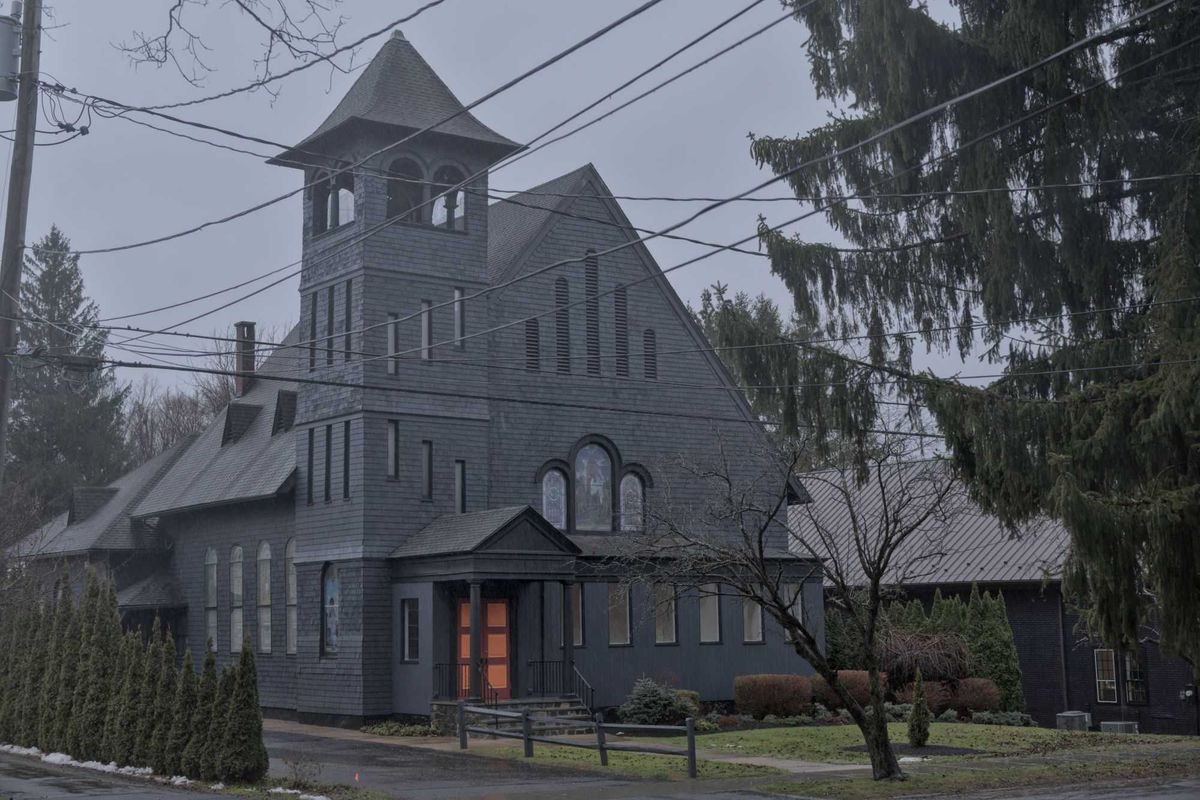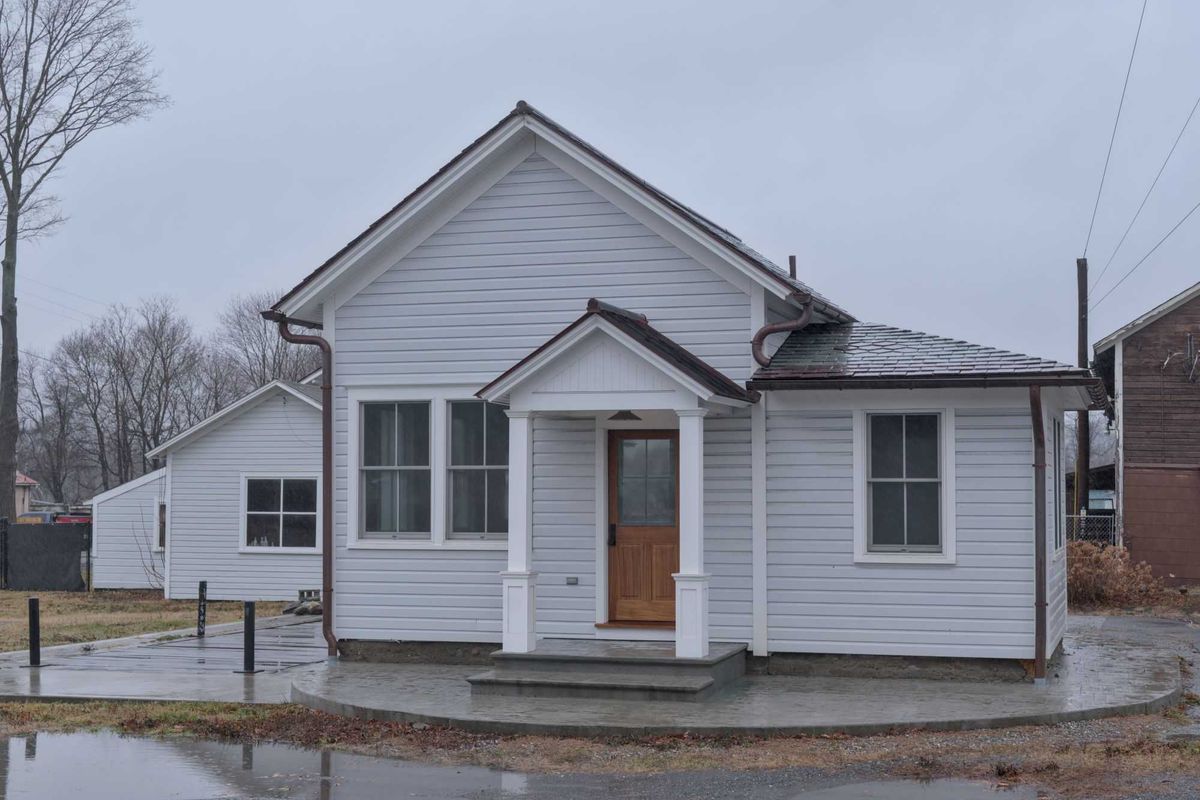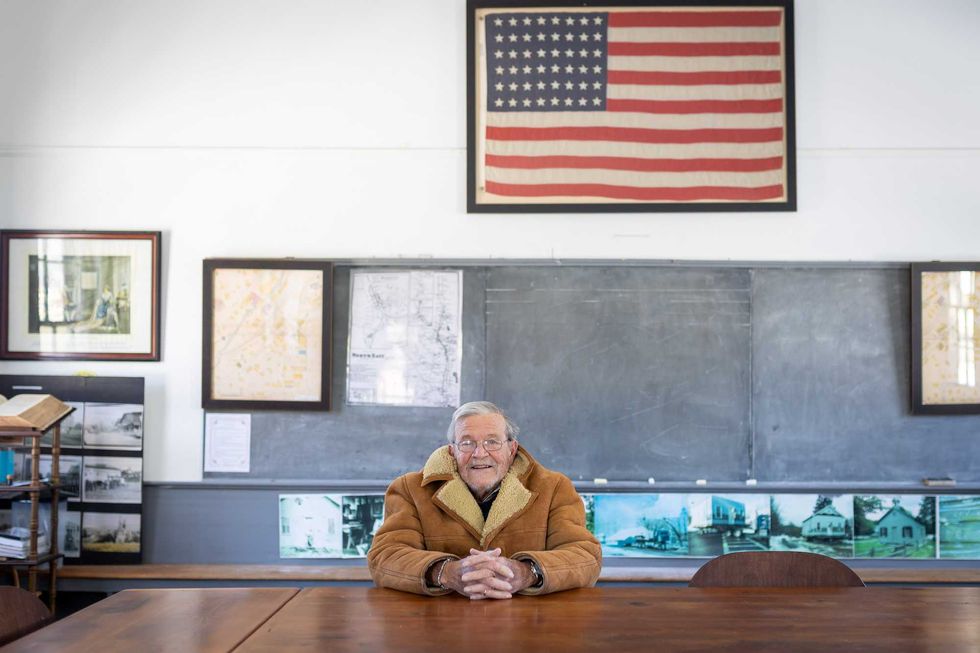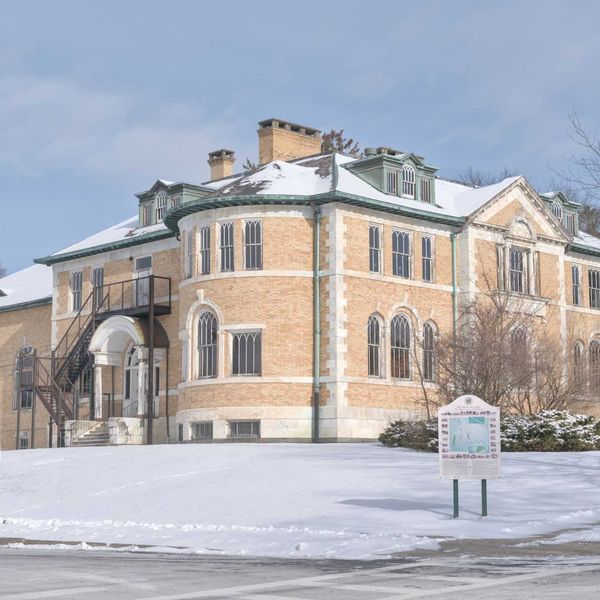Dear EarthTalk: With summer bearing down on us, are there any environmentally friendly air conditioners out there?
—Fred Johansen, Grand Rapids, MI
Air conditioners are essential for keeping us cool and comfortable during hot summer months, but their environmental impact cannot be ignored. Traditional air conditioning units consume significant amounts of energy and rely heavily on refrigerants that contribute to global warming. However, the good news is that there are several environmentally friendly air conditioning options available today.
One notable advancement is the development of energy-efficient air conditioners. These units are designed to use less electricity, reducing their carbon footprint and lowering energy bills. Energy Star-certified air conditioners are a reliable option to consider. They meet strict energy efficiency standards set by the U.S. Environmental Protection Agency (EPA) and can help reduce energy consumption by up to 15%. By choosing an Energy Star-certified model, consumers can make a positive impact on both the environment and their wallets.
Another eco-friendly air conditioning solution gaining popularity is the use of evaporative coolers, also known as swamp coolers. Unlike conventional air conditioners, which use refrigerants and compressors to cool the air, evaporative coolers work by passing air over water-soaked pads, causing evaporation and cooling the air. These units consume significantly less energy than traditional air conditioners and are a suitable option for dry climates. In recent years, researchers and engineers have been exploring more sustainable alternatives to refrigerants used in air conditioners. One such alternative is hydrofluoroolefin (HFO) refrigerants, which have a much lower global warming potential compared to hydrofluorocarbon (HFC) refrigerants commonly used today. HFOs are less harmful to the ozone layer and have a significantly lower impact on global warming. Some manufacturers have already started producing air conditioners that use HFO refrigerants, offering a greener cooling solution.
Additionally, there is a growing trend toward the use of geothermal heat pumps for cooling purposes. These systems utilize the constant temperature of the earth to provide cooling, rather than relying on electricity to generate cool air. Geothermal heat pumps are highly efficient and can save up to 30-60% on energy costs compared to traditional air conditioners. They also have a longer lifespan and require less maintenance. While the initial installation costs may be higher, the long-term environmental and financial benefits make them a viable option.
Finally, it is essential to consider sustainable design and proper maintenance practices when using air conditioners. Optimizing insulation, reducing air leaks, and shading windows can help reduce the load on air conditioning systems. While there is no one-size-fits-all environmentally friendly air conditioner, consumers now have several options to choose from. Energy-efficient models, evaporative coolers, HFO refrigerants, and geothermal heat pumps are all promising alternatives that can help reduce the ecological footprint of cooling our homes and buildings. By making informed choices and adopting sustainable practices, we can stay cool without compromising the health of our planet.
EarthTalk® is produced by Roddy Scheer & Doug Moss for the 501(c)3 nonprofit EarthTalk. See more at https://emagazine.com. Send questions to: question@earthtalk.org.





 Ralph Fedele sits at a table in the historic Irondale Schoolhouse in downtown Millerton. Fedele led the effort to renovate and relocate the schoolhouse to the center of the village.Photo by Aly Morrissey
Ralph Fedele sits at a table in the historic Irondale Schoolhouse in downtown Millerton. Fedele led the effort to renovate and relocate the schoolhouse to the center of the village.Photo by Aly Morrissey





Weighing environmentally friendly air conditioners